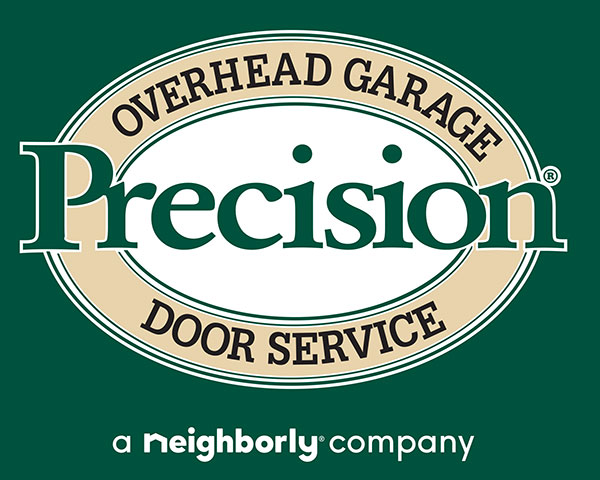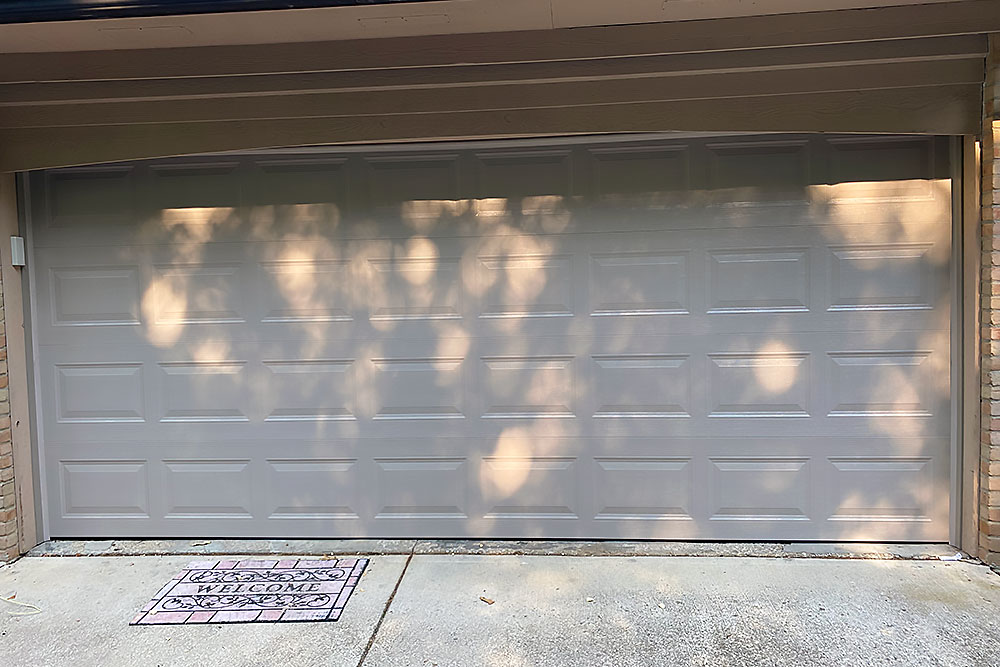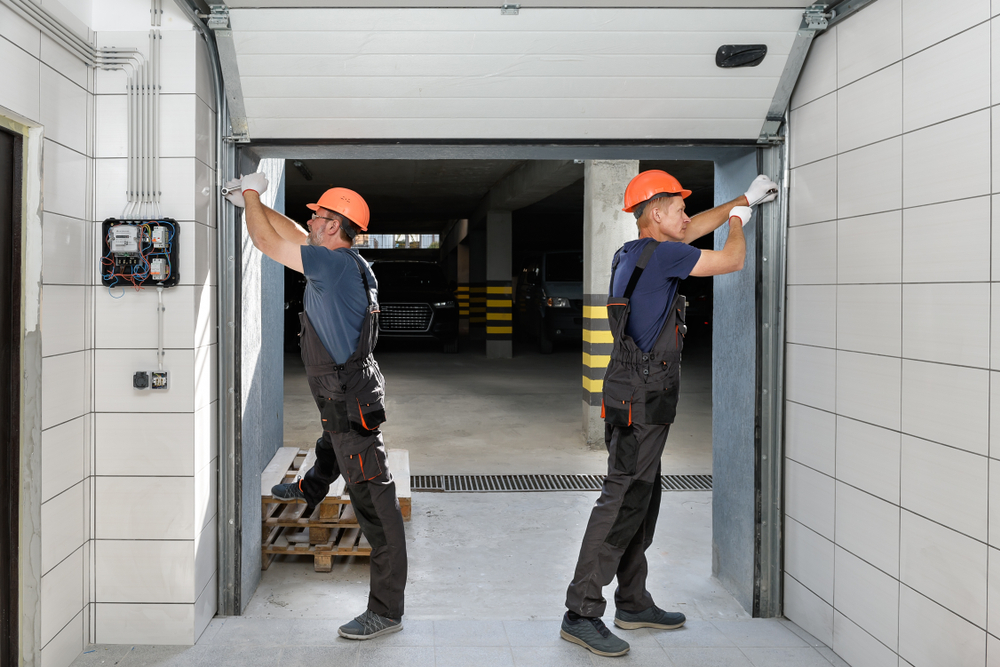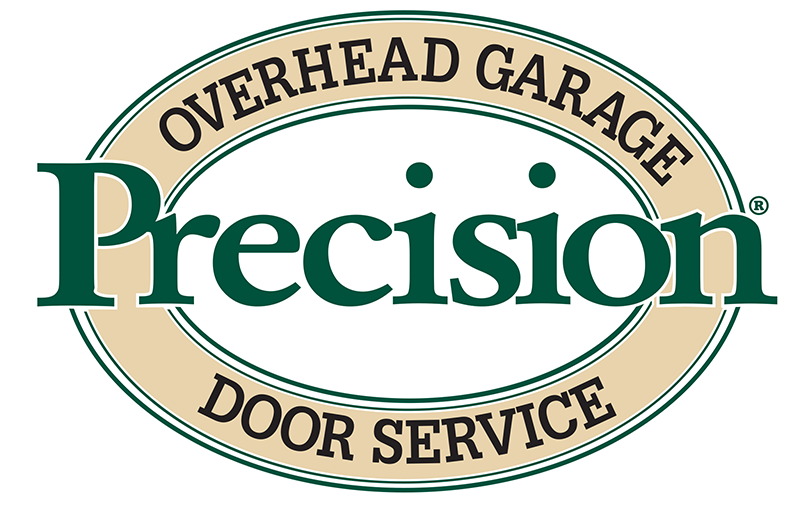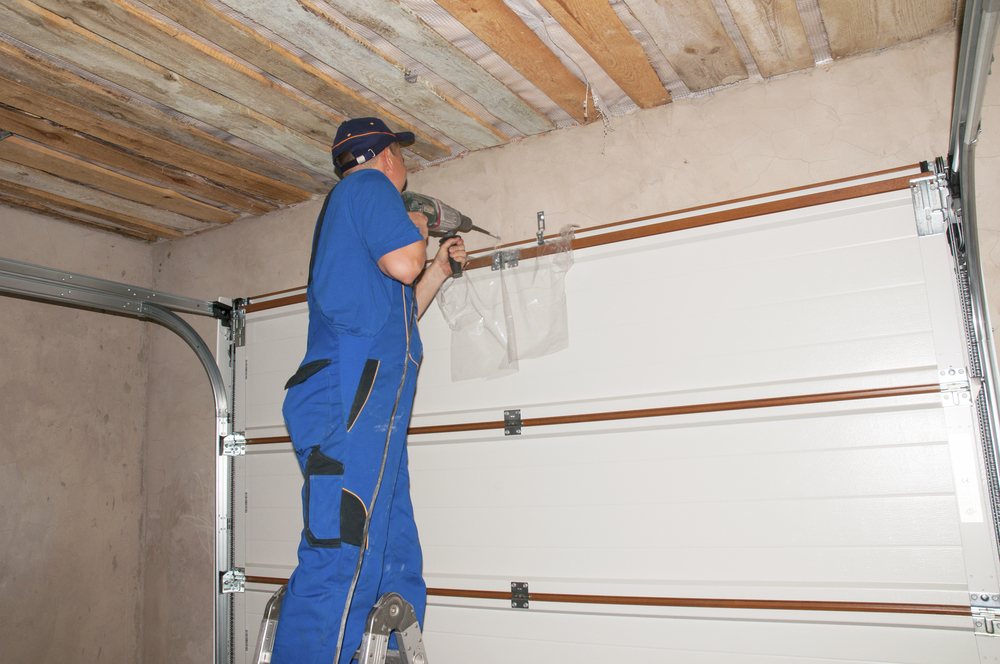
Oil-Tempered vs. Zinc-Galvanized Tension Springs
If you’re in a situation where it’s no use repairing your old tension springs, then you’re likely now faced with making the decision between Zinc-Galvanized and oil-tempered springs. Understandably the right decision can be quite difficult to reach. The following includes a list of the advantages and disadvantages of both these types of garage door springs.
Oil-Tempered Tension Springs
The term oil may be a little confusing to people as most components do tend to utilize oil. However, in this case, the term oil refers to the manufacturing of the springs itself. The metal that is later converted into the spring is heated and then dipped into oil, making the metal that much stronger once it tempers. It is that quality of durability that makes this such a popular option for homeowners. One of the downsides to an oil-tempered spring is the difficulty of the installation process. It is recommended to have a Los Angeles garage door company come in and do the installation for you.
Zinc-Galvanized Door Springs
The less popular option but effective nonetheless is the zinc-galvanized garage door tension springs. Unlike the oil-tempered springs, the zinc-galvanized springs are not heated but rather dipped into a bath of molten zinc. Once the spring is taken out, the pure zinc is exposed to oxygen, which then turns it into zinc oxide. Some of the advantages of this type of spring are that it is rust-proof and aesthetically pleasing. This is especially important for those living within extremely wet locations. One of the reasons why homeowners tend to stay away from this spring is that it’s simply very expensive to purchase and replace.
